
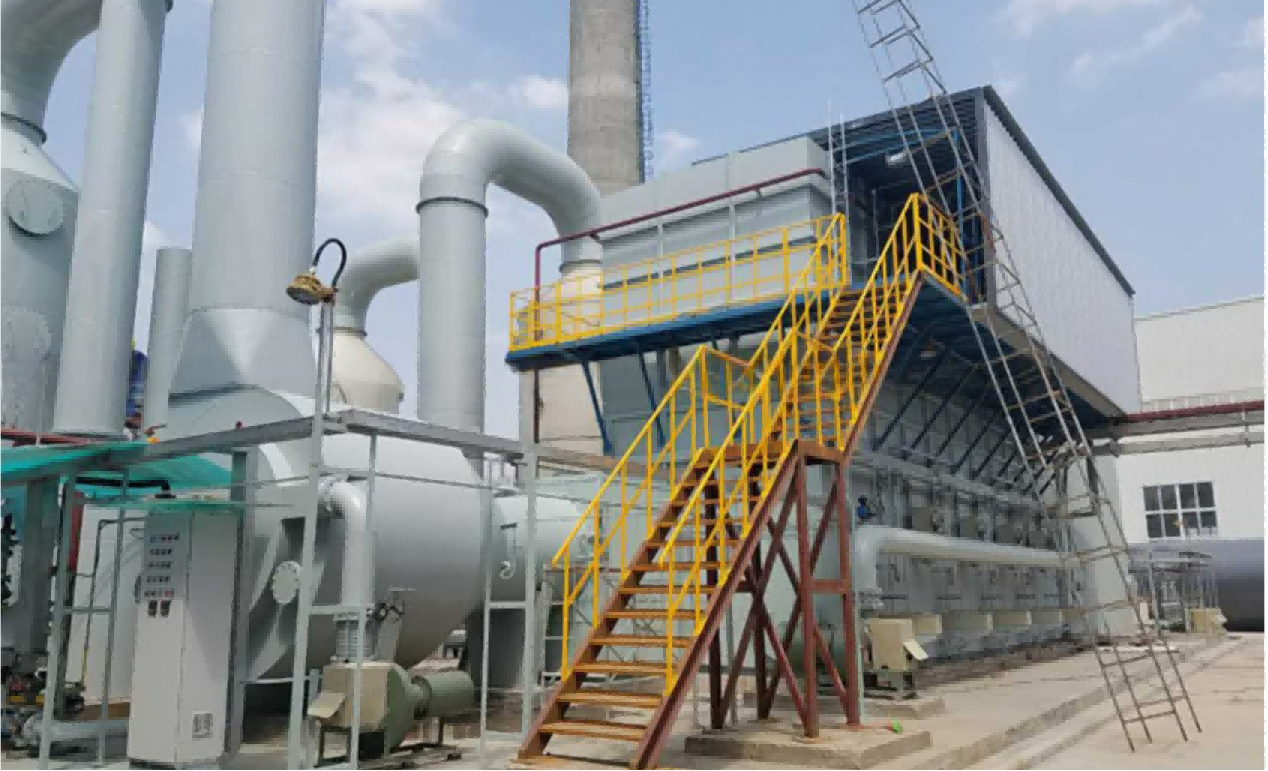
Organic waste gas regenerative incinerator
Based on the thermal principle and thermal incinerator technology, a three-compartment backflush regenerative incinerator has been developed; it is suitable for the treatment of low-concentration and large-volume organic waste gases with complex composition, corrosive or halogen, sulfur, phosphorus, arsenic and other substances that are toxic to the catalyst. It is also very suitable for treating certain special odors that require high-temperature oxidation to remove the odor. This type of furnace has advanced technology, long-term stable operation, low operating cost, and the system realizes fully automatic PLC control.
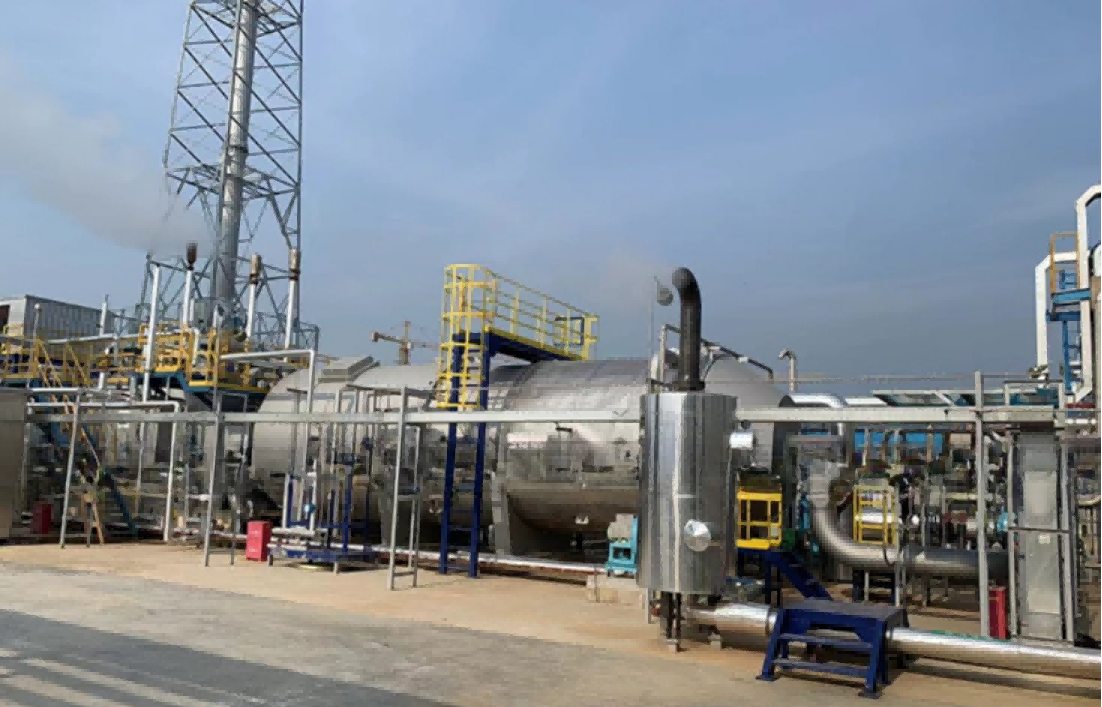
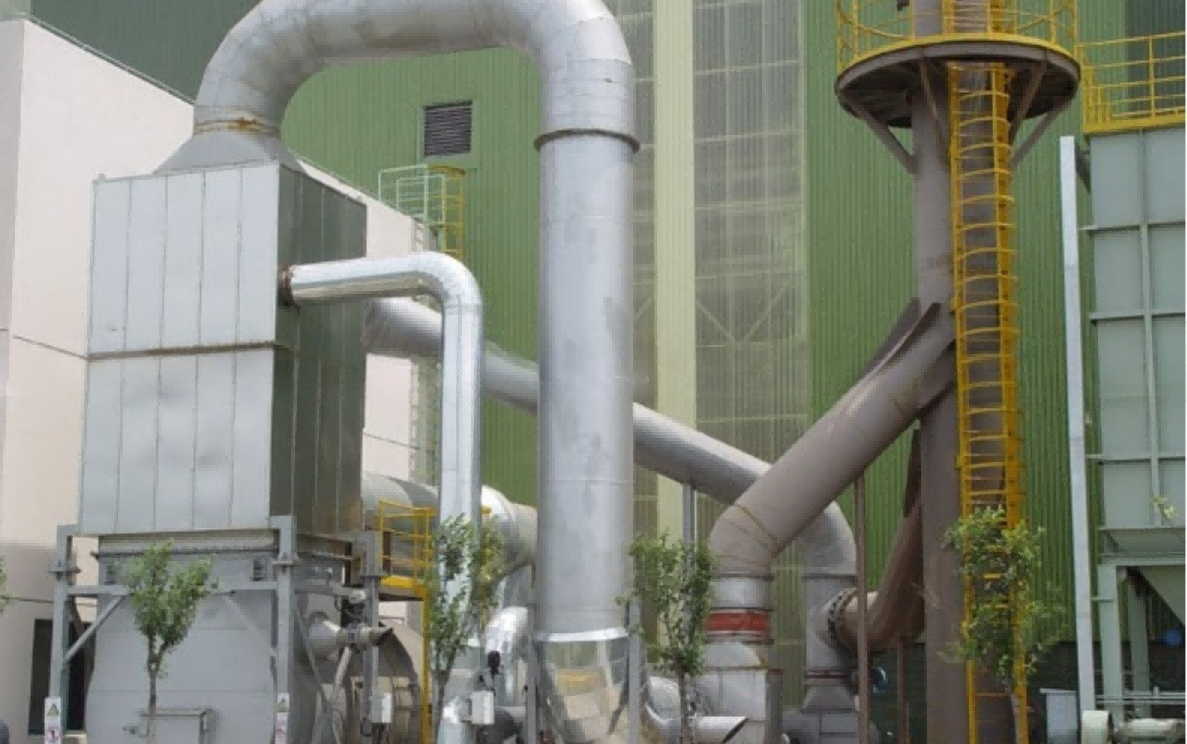
Organic waste gas thermal incinerator
Generally, factories, printing and dyeing, textile, chemical and other industries produce toxic, harmful and odorous gases during the production process. These gases are very harmful to human health and the environment. The main reason is that these waste gases contain small amounts of organic gases, sulfides, nitrogen compounds, and phenolic harmful gases. In the past, the treatment process generally used a drug-added washing and absorption process, but this process is not feasible for substances that are insoluble in aqueous solutions. In addition, absorption will bring secondary treatment pollution and other phenomena. At this stage, incineration is generally used as the treatment process. The incineration of waste gas is divided into thermal combustion method, regenerative combustion method and catalytic combustion method.
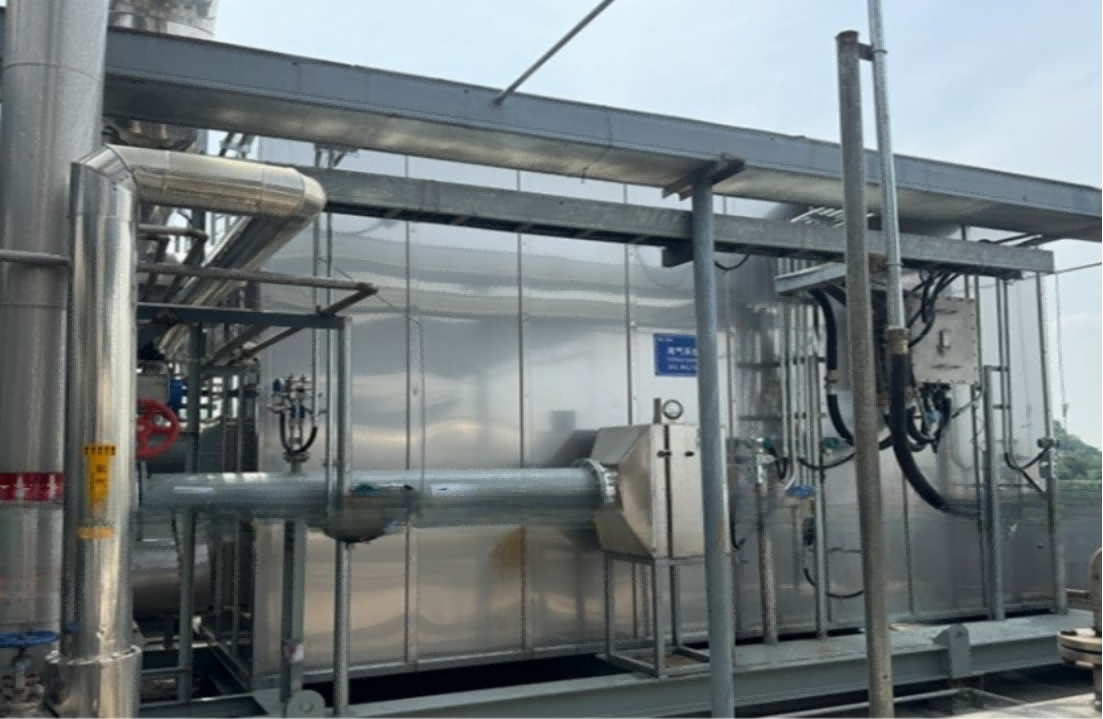
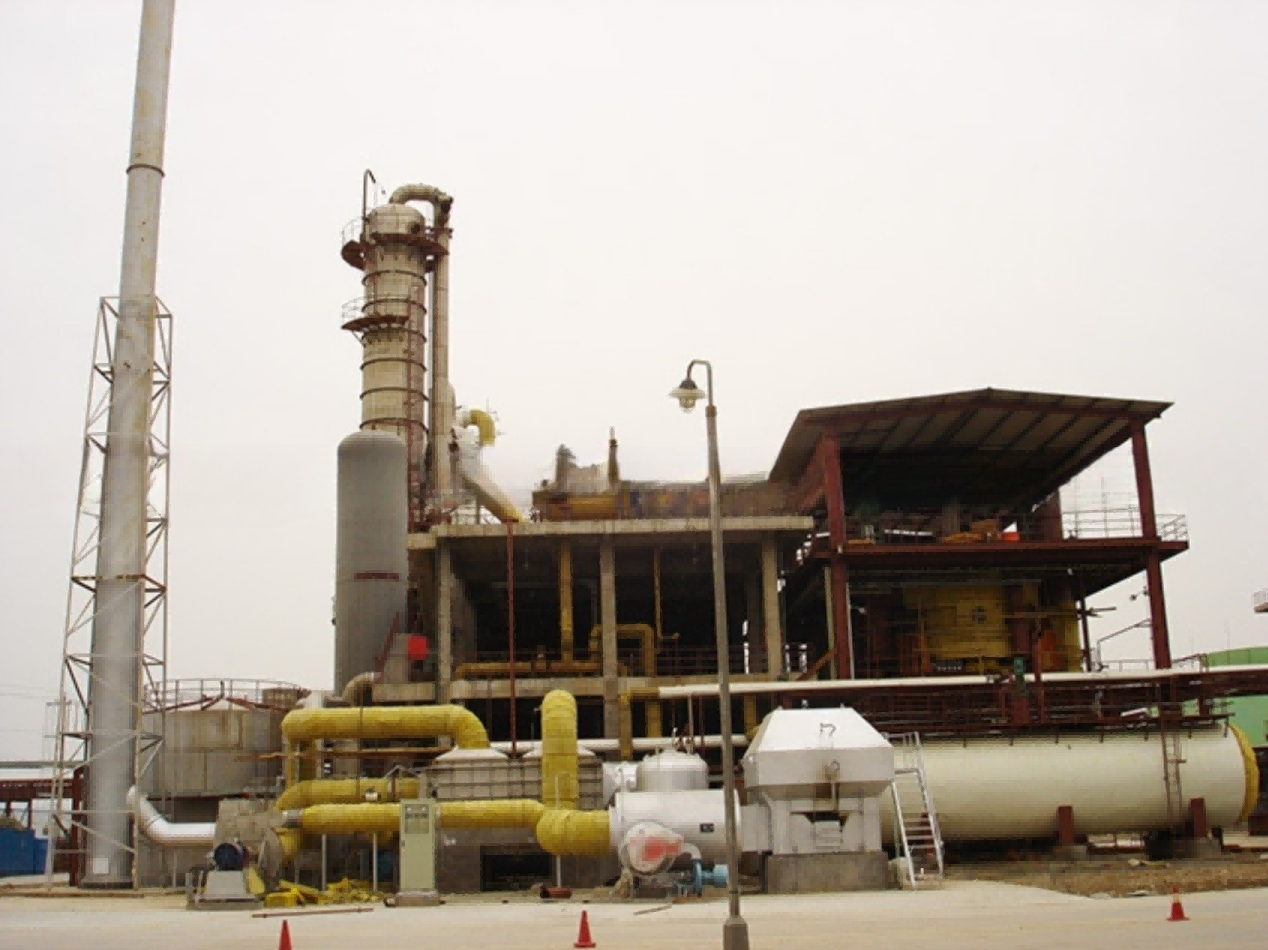
Organic waste gas catalytic incinerator
Organic waste gas is a common pollutant emitted by the petrochemical, light industry, plastics, printing, coatings and other industries. Organic waste gas often contains hydrocarbon compounds (aromatics, alkanes, olefins), oxygen-containing organic compounds (alcohols, ketones, organic acids, etc.), etc. If these waste gases are not treated and discharged directly into the atmosphere, they will cause serious pollution to the environment and endanger human health. Traditional methods for purifying organic waste gas include adsorption, condensation and thermal combustion. These methods often have disadvantages such as prone to secondary pollution, high energy consumption and susceptibility to organic waste gas concentration and temperature limitations. The emerging catalytic combustion technology has moved from the experimental stage to engineering practice, and has gradually been applied to processing industries such as petrochemicals, medicine, printing, and coatings. The catalytic combustion device is fully suitable for the purification of large-volume organic waste gas, has low operating costs, and fully considers the reliability of waste gas combustion, heat recovery and the service life of the equipment. The catalytic combustion method is to oxidize the organic pollutants in the exhaust gas into carbon dioxide and water at a lower temperature under the action of catalysts such as platinum and palladium. Due to the low ignition temperature, it is an ideal method for treating organic pollutants through catalytic reaction (without open flame), with the advantages of wide application range, simple structure, high purification efficiency, energy saving, and no secondary pollution.
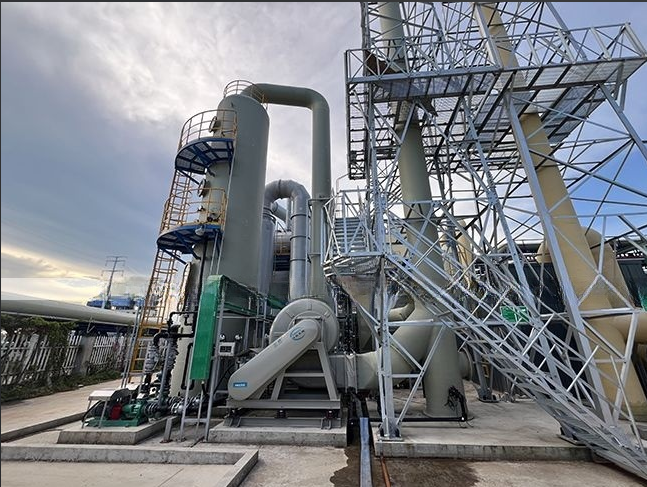
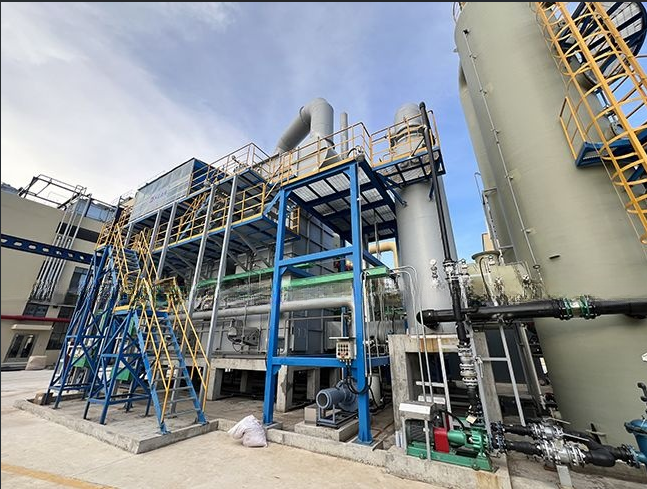
Zeolite Concentrator + Incinerator (RTO/CO/TO)
Rotary concentration + incineration is a new generation of VOCs treatment equipment independently developed by AIECO. It is a method that organically combines the adsorption concentration unit and the thermal oxidation unit. It is mainly used for large-volume, low-concentration organic waste gas. After adsorption, purification and desorption, it is converted into small-volume, high-concentration organic waste gas, which is then incinerated and the heat released by the combustion of organic matter is effectively utilized.